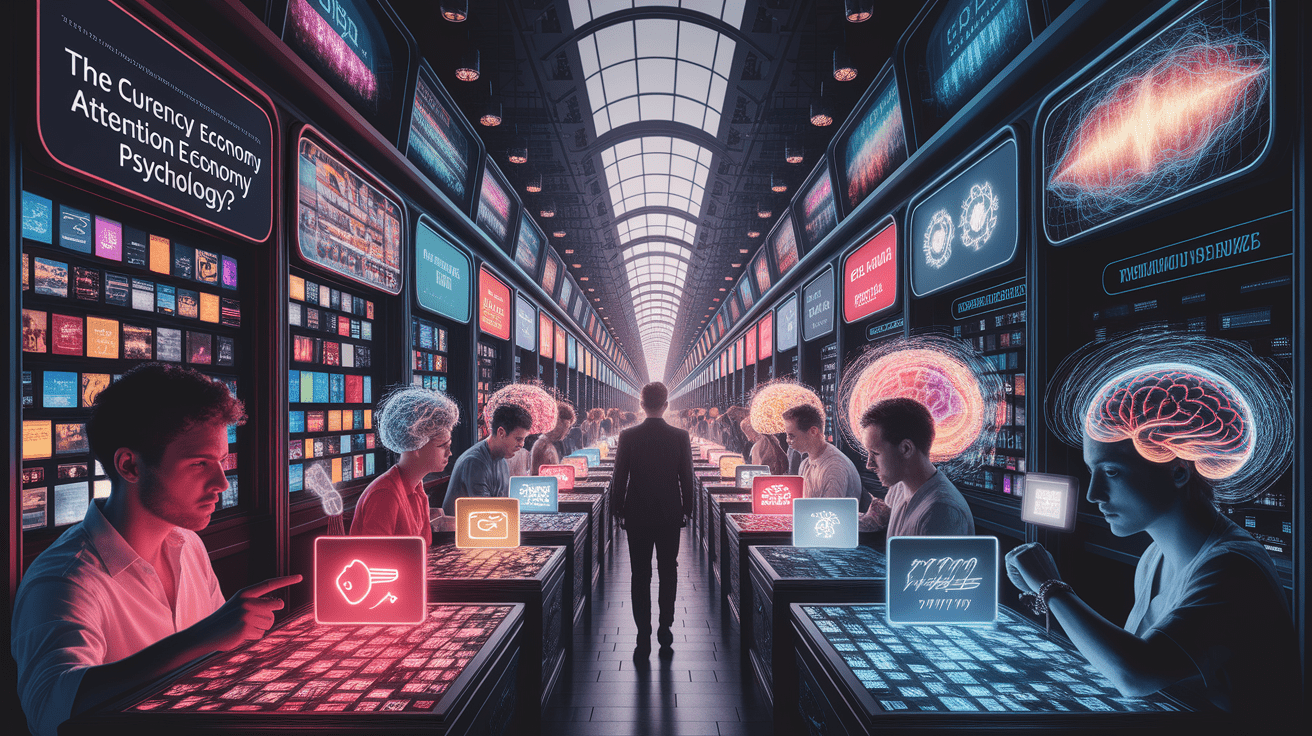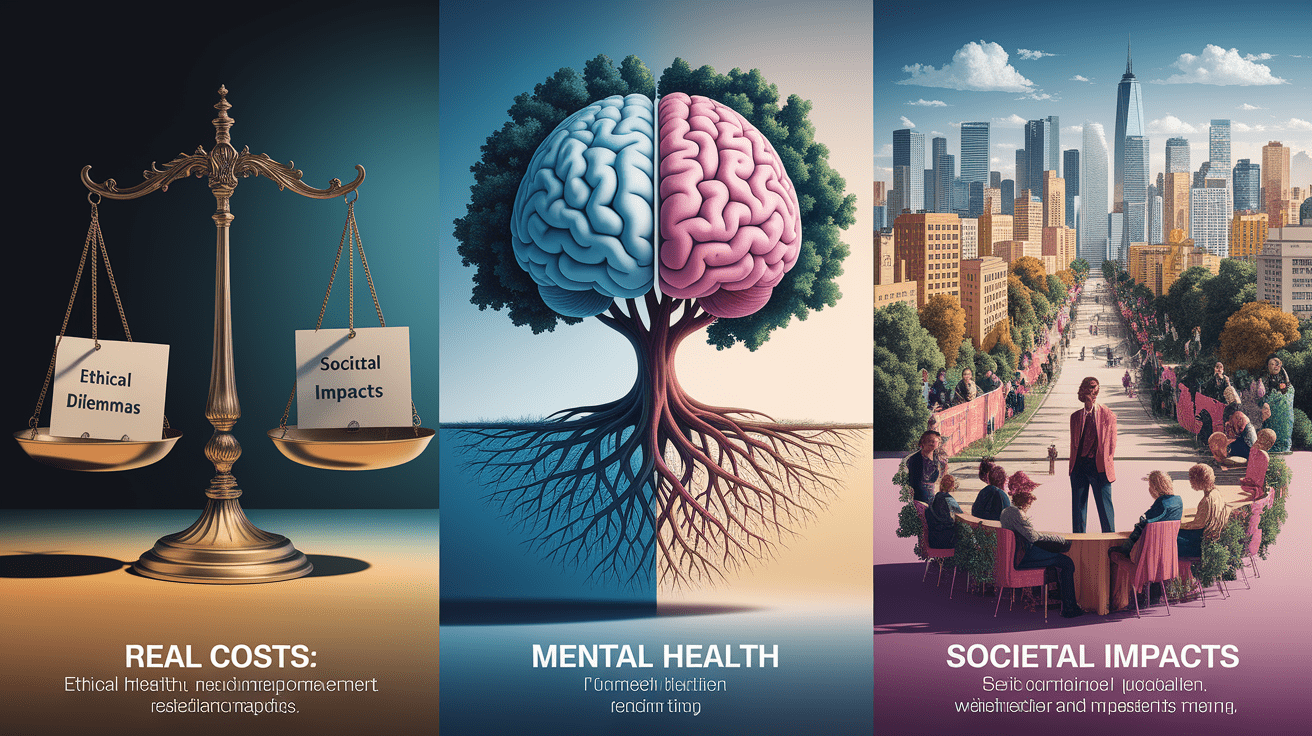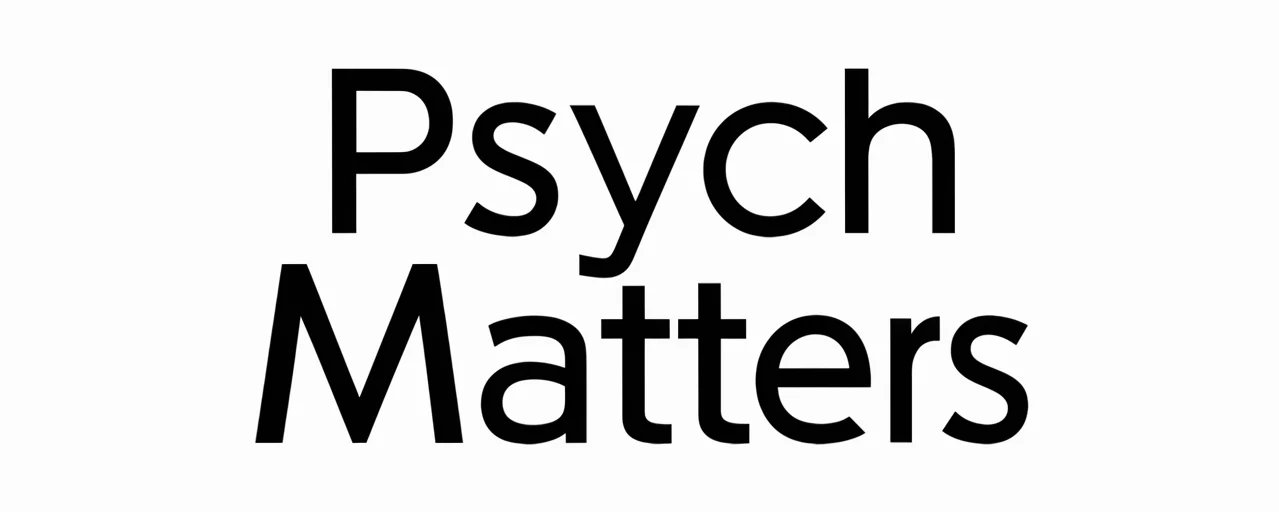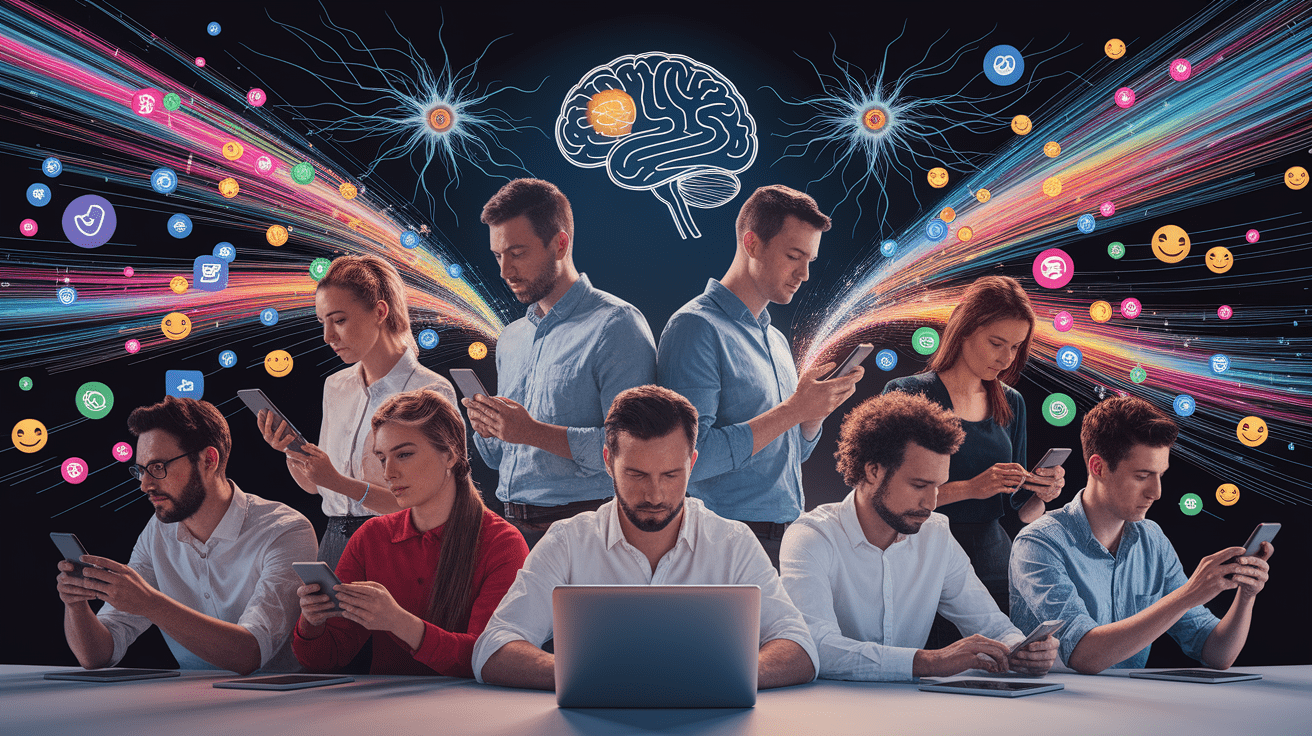Mind Share Matters: Demystifying Attention Economy Psychology
The Currency of Cognition: What Is Attention Economy Psychology?
The attention economy refers to a framework in which human attention is treated as a scarce and valuable resource amidst the vast overflow of modern information. This concept, articulated by Herbert A. Simon, positions attention as the limiting factor in human thought and action when individuals are presented with multiple competing stimuli. As digital technologies have proliferated, the competition for attention has intensified, shifting economic priorities from the production of goods to the management and monetization of users’ cognitive resources.

In this model, attention serves as a form of currency. Just as financial capital is invested and spent, mental bandwidth is allocated and consumed. Platforms, advertisers, and media producers act as “attention merchants,” creating environments and content to capture and retain audience focus, often linking engagement directly to revenue generation.
Attention in the Mind: Core Psychological Principles
From a cognitive psychology perspective, attention is a selective process that directs limited cognitive resources toward specific stimuli while filtering out distractions. The American Psychological Association defines attention as the ability to selectively concentrate on relevant aspects of the environment while ignoring irrelevant information. This limitation means that multitasking often leads to diminished performance due to attention residue and increased cognitive load.

Core principles relevant to the attention economy include:
- Selective Attention – Choosing which stimuli receive processing priority.
- Attentional Capacity – The finite mental resources available at any given time.
- Emotional salience – Stimuli linked to motivation or emotional states are more likely to capture focus.
- Flow state – Deep immersion in tasks enhances productivity and creativity but is fragile under distraction.
These psychological factors explain why digital distractions and constant notifications can fragment mental bandwidth and impair sustained concentration.
The Business of Focus: Economic Principles at Work
In the economic modeling of attention, principles of scarcity apply directly to cognitive resources. Every second spent attending to one piece of content has an opportunity cost: it cannot be spent elsewhere. In this way, time and attention are treated like tradable commodities within digital markets.

Platforms measure user engagement through metrics such as screen time, click-through rates, and retention rates, monetizing this attention primarily through advertising. Algorithms informed by behavioral economics and persuasive technology are designed to exploit predictable psychological patterns, including susceptibility to variable rewards and emotional triggers, to extend user sessions and increase the frequency of platform visits.
Hooked on Scrolling: Design Strategies and User Behavior
Many apps and platforms deliberately integrate psychological principles to stimulate ongoing engagement. Key strategies include:

- Variable Ratio Reinforcement – A reward schedule that delivers unpredictable payoffs, such as likes or comments, modeled after principles used in gambling machines.
- Notification Design – Alerts are optimized for salience and urgency, leveraging cognitive biases to prompt immediate engagement.
- Infinite Scroll and Autoplay – Removing stopping cues to encourage prolonged use.
- Dopamine-driven feedback – Each small social affirmation or rewarding content hit activates neural pathways associated with pleasure, reinforcing return behavior.
This combination of behavioral triggers fosters habit formation and can contribute to patterns resembling social media addiction. The psychology behind addictive app design underscores the intentional crafting of environments that maximize time-on-platform.
Real Costs: Ethical, Mental Health, and Societal Impacts
The competitive nature of the attention economy creates a landscape of both subtle and overt manipulation. As digital environments become increasingly optimized for engagement, concerns about ethics, mental health, and societal cohesion grow.

- Mental Health – Research links excessive screen time and fragmented attention to increased anxiety, depression, and mental fatigue.
- Societal Discourse – Emotionally charged and sensational content tends to capture more attention than nuanced information, influencing public debate quality and political polarization.
- Ethics and Surveillance Capitalism – The practice of monetizing user data and behavior patterns raises privacy concerns and blurs the line between serving and exploiting the user.
As noted in digital distraction studies, the cumulative impact of fragmented attention extends beyond individual well-being to affect larger cultural and civic ecosystems.
Regaining Control: Sustainable Attention Strategies
In the face of constant competition for mental bandwidth, individuals and organizations can employ deliberate strategies to protect and enhance focus. Examples include:
- Mindfulness and Meditation – Practices that train awareness and emotional regulation, countering the pull of digital distraction.
- Focus Management Tools – Applications that block distracting sites or schedule concentrated work intervals.
- Digital Minimalism – Reducing non-essential digital engagement to preserve cognitive resources.
- Ethical Design Principles – On the corporate side, designing for user well-being rather than purely for engagement metrics.
As highlighted by attention management concepts, achieving balance in the digital age requires intentional allocation of mental resources and a conscious rejection of exploitative persuasive technology practices.
Beyond the Scroll: Thriving in the Attention Economy
Mastery over attention in a digital era is not solely about defense against distraction—it also involves creating conditions for meaningful, sustained engagement. Leveraging knowledge of cognitive psychology and behavioral economics can enable individuals to enter and maintain productive flow states while navigating high-stimulus environments.
Critical digital literacy, combined with personal attention strategies and ethical media practices, offers a pathway to thrive in a space where information is abundant but attention is finite. Ultimately, understanding the mechanisms of the attention economy empowers users to be not just consumers of content, but active stewards of their own cognitive resources.







